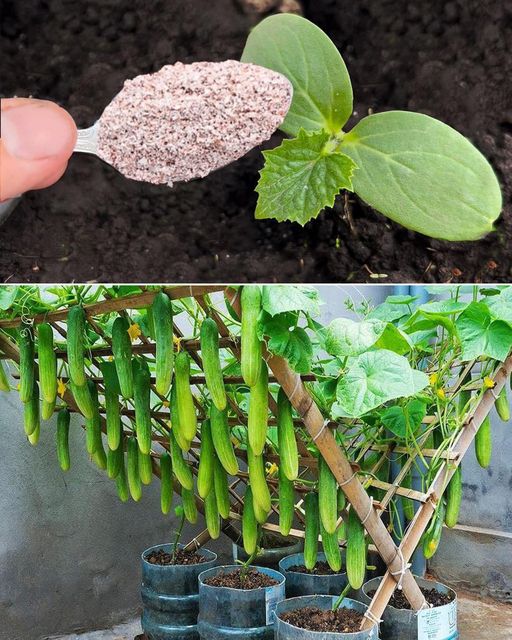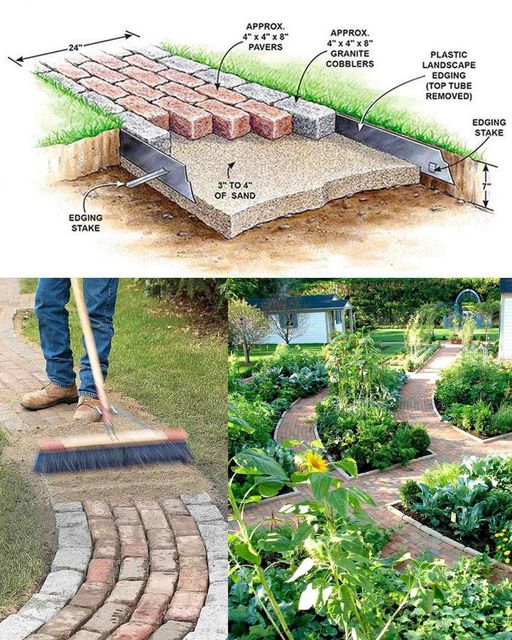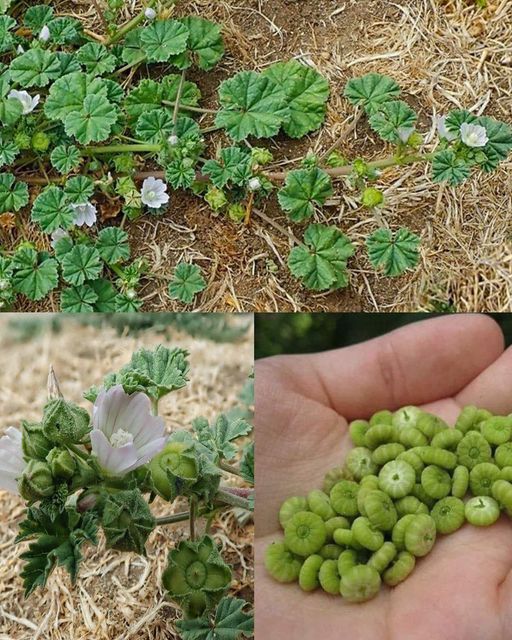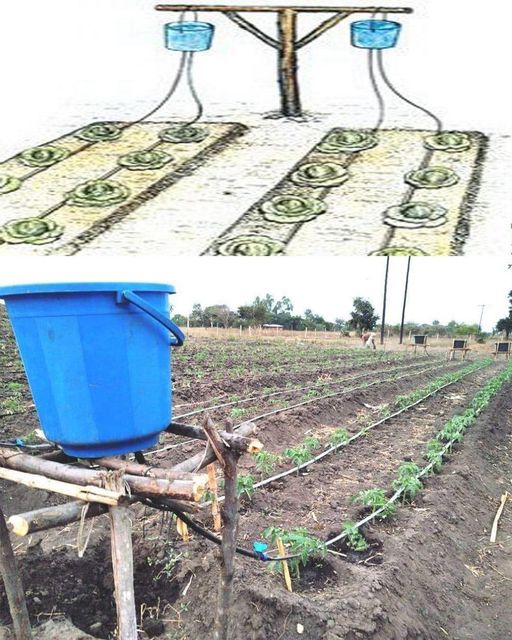Grapes have been a beloved fruit for centuries, with their luscious clusters and diverse flavors. While most grapevines are grown from cuttings or grafting, growing grapes from seeds in containers can be a thrilling and rewarding experience for gardening enthusiasts. It requires patience, attention to detail, and a little finesse. In this comprehensive guide, we will show you how to successfully grow grapes from seeds in containers, providing you with tips, tricks, and expert advice.

1. Acquiring Grape Seeds
To begin your grape-growing journey, you need to obtain seeds from the varieties of grapes you wish to cultivate. Here’s how you can extract seeds from fresh grapes:
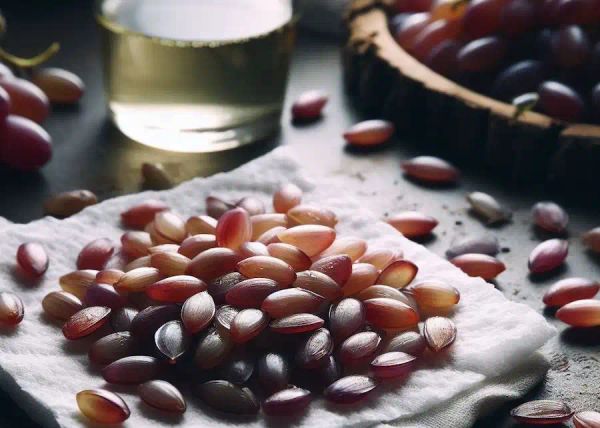
- Select ripe grapes from a healthy and robust vine.
- Gently crush the grapes and separate the seeds from the pulp.
- Rinse the seeds to remove any remaining pulp or residue.
2. Seed Preparation
Before germination, it is beneficial to stratify grape seeds to mimic the natural conditions that induce germination. Follow these steps:
- Place the seeds on a damp paper towel.
- Seal them in a plastic bag and refrigerate for 2-3 months. This simulates the winter period and encourages the seeds to prepare for sprouting.
3. Germination Process

After stratification, it’s time to initiate germination:
- Fill small containers with a well-draining potting mix, creating a small depression in the center.
- Plant the stratified seeds in the depressions, lightly covering them with soil.
- Ensure that the soil remains consistently moist but not waterlogged.
- Place the containers in a warm, sunny location, ideally with temperatures around 70-80°F (21-27°C).
4. Tender Care and Maintenance
To ensure successful growth, here are some tips:
- Provide support for the young vines by tying them to stakes or a trellis as they grow.
- Regularly check the soil moisture and water when the top inch of soil feels dry.
- Once the seedlings reach a few inches in height, thin them out, keeping only the strongest and healthiest ones.
5. Transplantation and Container Tips
As your grapevines grow, consider the following container-specific guidelines:
- Transplant the seedlings into larger containers as they outgrow their initial homes, ensuring ample space for root development.
- Choose containers with adequate drainage to prevent waterlogging.
- Use a high-quality potting mix that is rich in organic matter to nourish the plants.
6. Special Tricks and Tips
Here are some additional tips to help you along the way:
- Pruning: Regularly prune the vines to encourage strong growth and proper fruit development. Remove weak or excess shoots, focusing on promoting healthy branches.
- Fertilization: Apply a balanced fertilizer during the growing season to support robust growth. However, be cautious not to over-fertilize, as excessive nutrients can harm the plants.
- Sunlight: Ensure that the grapevines receive at least 6-8 hours of direct sunlight daily for optimal growth and fruit production.
7. Patience Rewarded
Growing grapes from seeds requires patience, as it may take several years for the vines to mature and produce fruit. However, the joy of nurturing your unique grape varieties from tiny seeds to flourishing grapevines makes the wait worthwhile.
Embark on the journey of cultivating grapes from seeds in containers, and you will find it to be a fulfilling and gratifying experience. With careful attention, proper care, and the tips mentioned above, you will witness the transformation of tiny seeds into flourishing grapevines, ready to bear the fruits of your labor.

